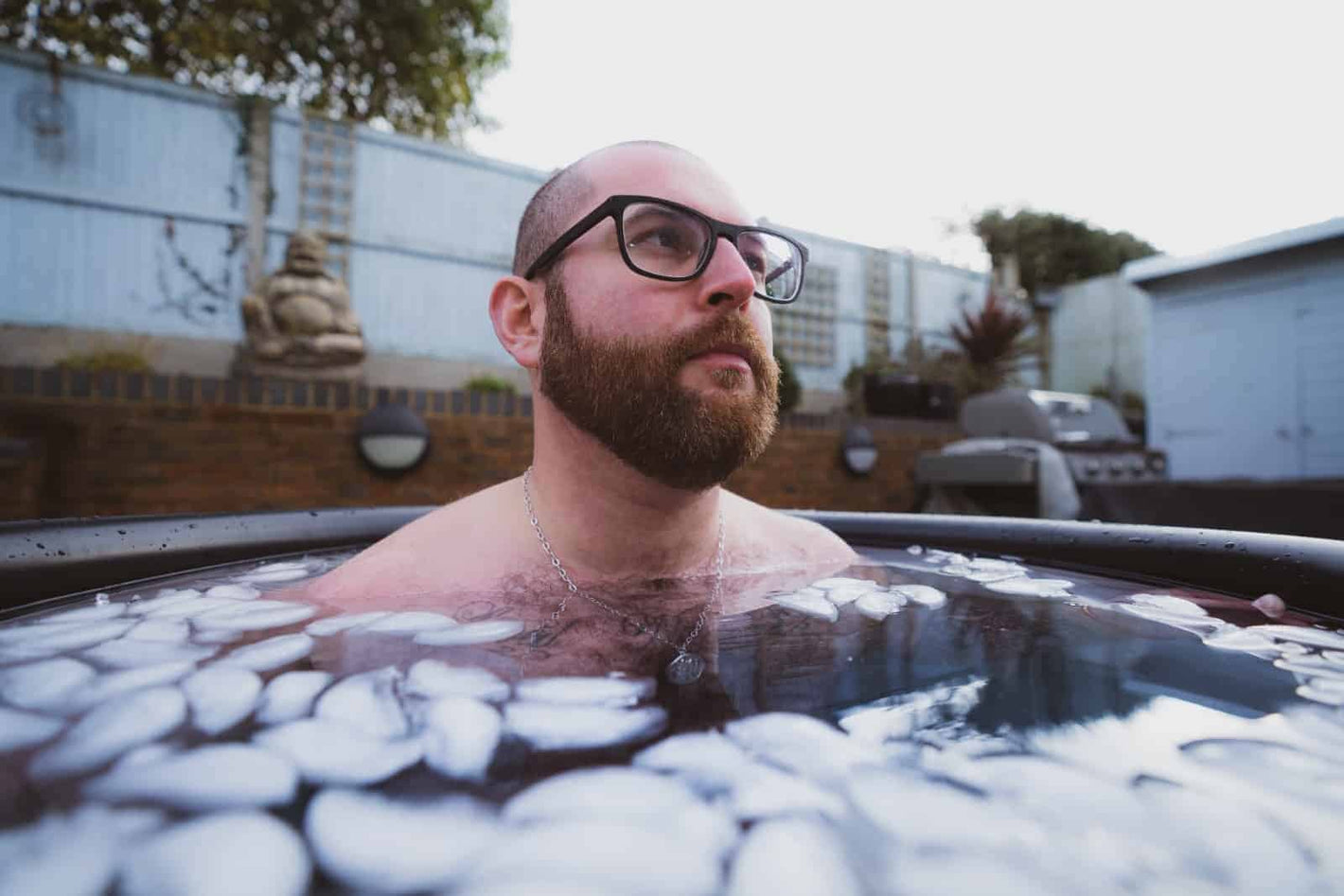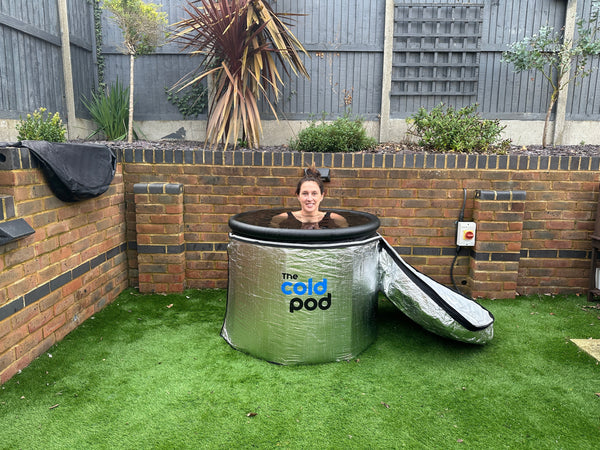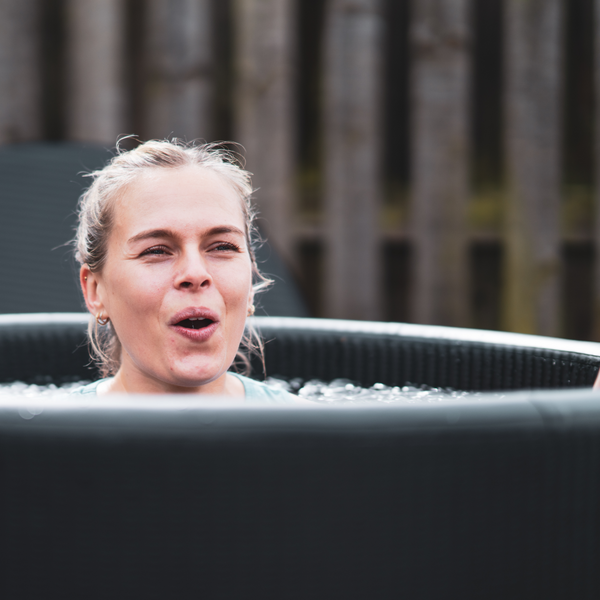The benefits of ice baths are well documented and it is easy to see why so many people are taking them.
These baths can help you to reduce pain and swelling, improve sleep, and boost your mental strength. They can also be a great way to relieve stress.
Reduce swelling and soreness
Ice baths are a treatment that can help reduce swelling and soreness. These treatments are used by athletes and physical therapists. Taking an ice bath can increase blood flow to the muscles and decrease the number of sore spots. They can also help relieve stress, fatigue, and soreness.
The main benefit of taking an ice bath is that it can reduce muscle soreness. However, it doesn’t do much to reduce inflammation. This is because the cold water constricts the blood vessels.
It is a good idea to consult your doctor before taking an ice bath. You should also wear clothes to protect yourself from any potential discomfort. If your skin begins to change colour, get out of the ice bath immediately.
When you are ready to take an ice bath, start with your lower body. Then work up to the rest of your body. Try to submerge the arms, legs, and abdomen.
Before you try an ice bath, make sure you don’t have a pre-existing medical condition. Check with your doctor if you have diabetes, heart disease, or any other condition.
In addition to reducing pain and inflammation, ice baths may also improve your overall mood. In one study, patients with gout, depression, and anxiety had a better quality of life and less stress when they took a 20-minute ice bath.
While research has shown that ice baths can reduce soreness and fatigue, it is not a cure-all. Some experts believe that they are not necessary. Athletes are told that ice baths work wonders for their muscles.
However, there is still a lot we don’t know about ice baths. We don’t know if ice baths are safe for people with certain health conditions, how much they affect muscle growth and repair, or whether they are effective in treating autoimmune disorders.

Ice Baths Improve sleep
According to a recent report by the National Ice Bath Association, ice baths are set to make a big splash in 2023. While the ice bath is not a cure-all for the most common maladies, the cold water perks up your body, mind and spirit. For the more adventurous, there are some cool techniques for ice bathing. The trick is to find the perfect combination of heat and cold. A polarising debate has been raging for years as to what temperature is optimal. Some swear by a chilly 67 degrees while others have no trouble with a chilly 59 degrees.
The best part is, there is no shortage of people to ask. Many even claim they have seen the ice baths firsthand. As a result, this has created a plethora of cold water enthusiasts. To wit, the association’s annual survey reported that more than a quarter of Americans have tried one of the gizmos. On the other hand, not all ice baths are created equal. If you are going to indulge in such an activity, be sure to do it in a manner worthy of your prized possession. Be warned, though, there are some unsavoury practitioners. Lastly, don’t forget to drink plenty of water in between ice baths to keep your brain in tip-top condition.
Improve mental toughness
Ice baths may not be the most appealing way to spend a few minutes, but they are effective at improving mental toughness. Some say that the experience will lift your mood and reduce your stress. Others think it will help you recover from a workout.
The cold water may be uncomfortable, but there are many ways to ease the pain. Wearing warm clothing, taking a hot beverage, and wrapping up in a blanket are some options. Never stay in an ice bath for more than 20 minutes. Always dry off with a towel.
One study shows that cold water has an indirect effect on your immune system. It is important to keep the temperature down. A temperature below 50 degrees can be dangerous, so keep an eye on your body.
Another tidbit about icing your brain is that it can suppress signalling response, which is the basis for muscle growth. This is good news for your nervous system and should improve your sleep.
Cold showers are also a good way to increase your immunity. Using a neoprene wetsuit and booties can protect your feet from the chill.
Depending on your body composition, the amount of time you spend in the ice bath will vary. For example, a 200-pound person will spend about a minute in a ten-degree bath, while a 150-pounder will spend around six minutes. However, you should never take an ice bath without a towel.
As you might guess, an ice bath is no replacement for a thorough training session. However, it can be used to improve mental toughness and reduce the psychological strain from a workout.
While there are more studies to be conducted, early research suggests that a cold plunge can be beneficial.
Reduce pain perception
Ice pods are one way athletes recover from tough workouts. Studies show that cold immersion helps relieve muscle soreness and reduce swelling. They also speed up the recovery process. However, there are still not enough studies to prove their long-term effects.
Several studies have shown that ice baths may reduce the pain associated with delayed-onset muscle soreness. The body reacts to the cold by constricting blood vessels and interrupting the inflammation process. It is also thought that exposing the body to cold water triggers a stress response. This response, when accompanied by a reduction in pain perception, may enhance the athlete’s ability to perform and may help improve recovery from high-intensity training.
The Wim Hof Method uses cold therapy. Research has found that repeated cold stimulation helps the body increase its ability to exhale. In addition, the vagus nerve is stimulated, which can enhance pain management.
A 2008 study showed that ice baths can enhance athletic recovery. However, researchers do not have a good handle on the effects of ice baths on chronic pain.
Some of the benefits of ice baths include a reduction in pain perception, a better mood and improved mental health. These are all important factors that will help strengthen the body\’s immune system and allow it to repair itself.
Other health benefits of ice baths include increased blood flow and increased metabolic waste removal. This increases circulation, which speeds up the healing process. Additionally, an influx of white blood cells helps clear up any inflammation that is present.
If you’re planning on taking an ice bath, make sure that you don’t overdo it. You shouldn’t spend more than 20 minutes in the cold.
Reduce inflammation with an Ice pod
Ice baths are used to reduce inflammation and are a popular way to speed up recovery from a workout. While they may help, they can also be harmful to people with pre-existing medical conditions. This is why it is recommended that you talk with your healthcare provider before you use ice baths.
The process of using cold therapy to help reduce inflammation has been around for several decades. Its benefits include improved circulation and blood flow, which helps to flush waste products and increase oxygen flow to muscles.
However, researchers have not found any evidence that ice baths have any long-term benefit. They also haven’t shown that ice baths reduce muscle damage.
One study published in the Journal of Applied Physiology looked at the effects of ice baths on the body after resistance training. Researchers collected data at two and 48 hours after the workout. Although they found that the ice baths increased strength, it did not significantly change the size of the participants’ muscles.
Another study published in the Journal of Physiology looked at the effects of a post-workout ice bath on the performance of male subjects. Researchers found that participants performed less well after they took a post-workout ice bath than they did after performing an active recovery.
Some proponents of ice baths say that they’re effective at reducing inflammation and pain. Others believe that they help with muscle recovery. But there aren’t enough studies to know for sure.
Prolonged cold baths can be uncomfortable and harmful to your health. Taking an ice bath should only be done as a last resort, and you should never spend more than 20 minutes in a cold bath.







